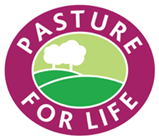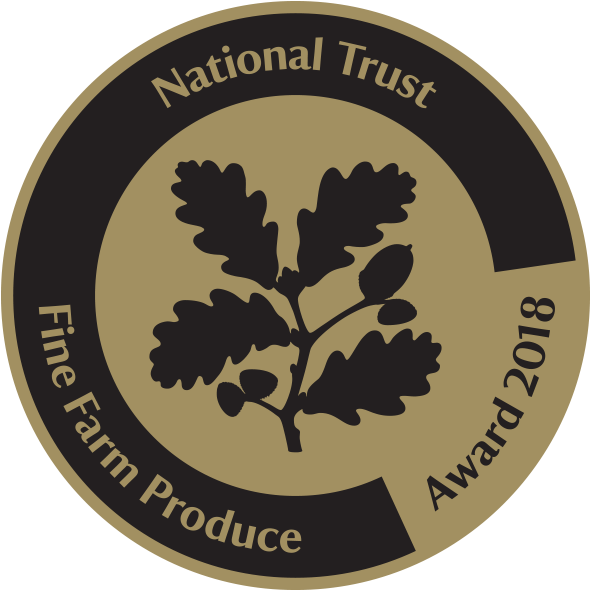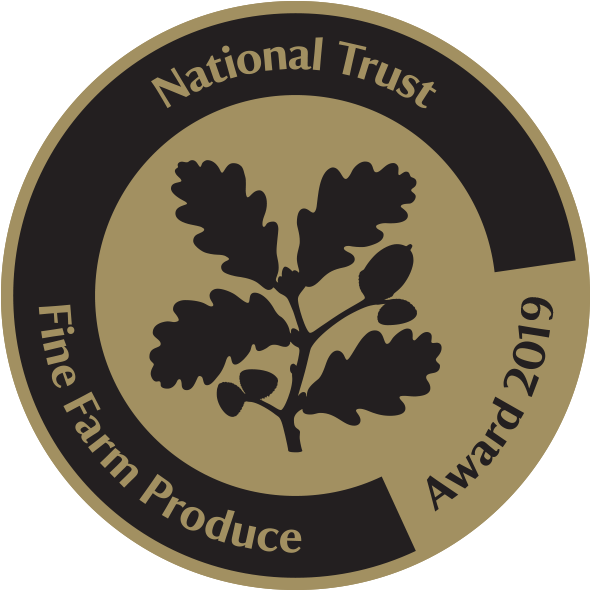The Environment
Dry stone walling
Hay making
Beech wood
Cocksfoot
Our aim
Our aim for Conygree Farm is to develop an environmentally sustainable and regenerative mixed farming enterprise. The system is low input/low output, respecting flora, fauna, landscape, heritage, air, soil and water. We aim to be energy efficient and carbon neutral. Although commercially smart, livestock numbers and crop yields do not drive the business.
Mixed Farming
We believe that an extensive and organic mixed system best allows wildlife and natural habitats to flourish as it provides a mosaic of vegetation types and crop rotations. Diversity is key. For example, our pastures contain over 100 different plant species which is great for our animals’ natural ‘salad bar’ diet, soil health and wildlife. Our range of livestock also provides us with farm yard manure which is good for insect life and the soil food web. Our arable cropping provides feeding and nesting areas for birds. We use minimum tillage operations where we can to help protect soil structure and soil carbon.
Farmland Birds
Conygree is a haven for many species of farmland bird, some of which are still in decline in the UK. We have breeding Corn Bunting, Skylark and Tree Sparrow, and a pair of Barn Owls are regularly seen hunting over the margins and rough grass. Buzzard, Sparrowhawk and Red Kite are also seen and Quail can be heard in the summer.
Regenerative Agriculture
Agriculture has a major role to play in the climate change debate. It is a major user of fossil fuels and producer of green house gases such as CO2 and methane. However, we believe the industry can also offer solutions. Farmers can lead the way in energy efficiency, produce renewable fuels (biomass cropping), tap into solar and wind energy sources, act as carbon sinks, compost waste material, and help build local food supply chains to help reduce food miles.
We are low energy users at Conygree as we are an extensive "low input-low output" farm and we are continually striving to reduce our reliance on fossil fuels and minimise our carbon footprint.
We are developing an annual carbon budget for the farm business which calculates all the energy and CO2 we use and produce, and compares this to the carbon we absorb each year in our soil, grassland and trees. We shall then invest in additional tree planting and other schemes to ensure our farming activities do not contribute to CO2 global warming and the lamb, beef and pork we sell, some of which is sent by road, is carbon neutral.













